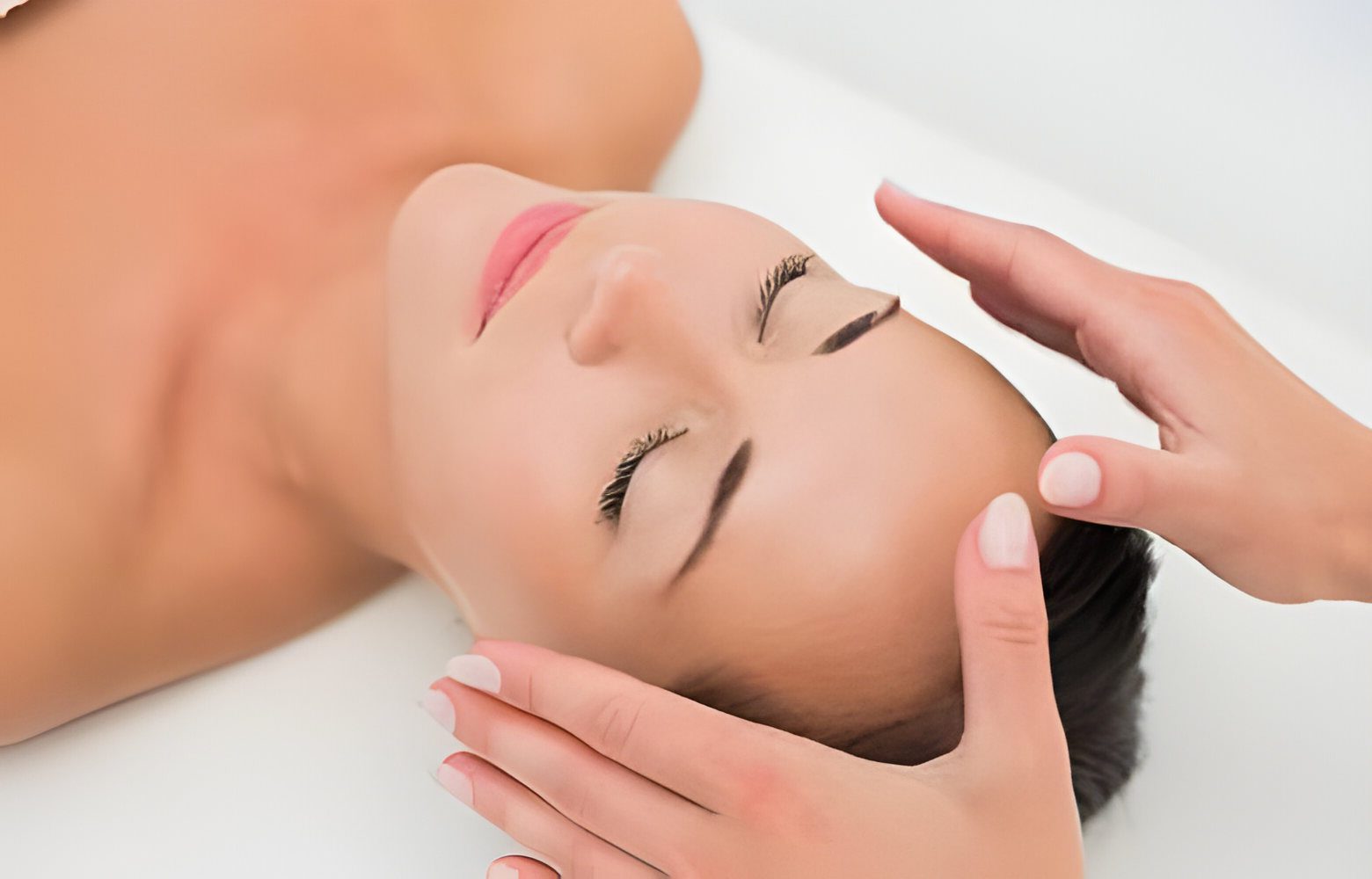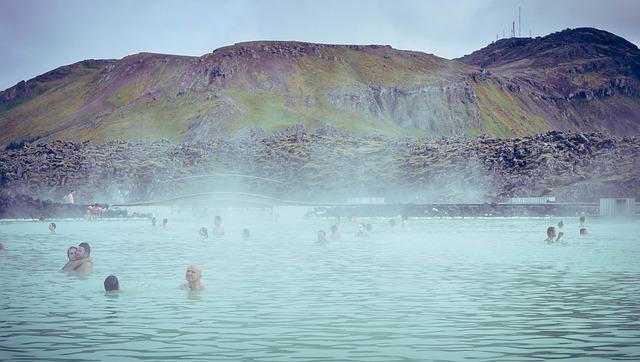Reiki healing therapy is a popular and widely practiced form of alternative medicine that aims to promote relaxation, reduce stress, and enhance overall well-being. In this comprehensive guide, we will delve into the origins, principles, and techniques of Reiki healing, providing a thorough understanding of this ancient healing practice. Whether you are curious about trying Reiki for the first time or looking to deepen your knowledge, this guide will offer valuable insights into the world of Reiki therapy.
The origins of Reiki healing therapy can be traced back to the late 19th century in Japan. The founder, Mikao Usui, developed this practice after apparently attaining a state of enlightenment while meditating on Mount Kurama. Reiki, which translates to “universal life energy”, is a technique that aims to transfer healing energy from the practitioner to the patient through touch to restore physical and emotional wellbeing. Though it may have originally been tied to Buddhism, today’s practice of Reiki no longer emphasizes religious belief, making it accessible to people of various faiths and backgrounds.
Reiki practitioners energetically cleanse and rebalance the body using specific Reiki symbols and techniques. This method of treatment stands upon the principle of an unseen “life force energy” that animates us, and when this is low, individuals tend to feel weak or ill. By increasing this energy through Reiki, practitioners hope to instigate healing and promote feelings of peace and wellbeing. (source)
Benefits of Reiki Healing Therapy
Reiki healing therapy has several potential benefits. It may trigger the body’s natural healing abilities, improve sleep, and reduce stress and anxiety. Some of the benefits of Reiki include:
- Boosting mood and well-being
- Enhancing relaxation and stress relief
- Improving energy levels and overall vitality
- Better sleep quality
However, it’s important to remember that research into the efficacy of Reiki is still ongoing. Therefore, although anecdotal evidence suggests positive outcomes, it should not replace conventional medical treatment.
Principles and Techniques of Reiki Therapy
There are three levels, or degrees, in Reiki therapy, and each involves different techniques. At Level 1, practitioners learn to channel healing energy to themselves and others through hands-on practice. At Level 2, practitioners learn to use Reiki symbols to improve emotional and mental healing, and to send healing energy from a distance. At Level 3, or the master level, practitioners learn advanced Reiki techniques, and how to teach and attune others to Reiki energy.
Common Misconceptions About Reiki Healing
Despite its increasing popularity, several misconceptions about Reiki persist. Some believe it’s connected to a particular religious practice- it’s not. Reiki is a spiritual practice, but it’s not rooted in any religion. Another common misconception is that Reiki can harm, which is also untrue. It’s a gentle practice designed to promote healing.
Incorporating Reiki Healing into Your Wellness Routine
Adding Reiki into your wellness routine can be as simple as taking a few moments each day to self-practice or scheduling regular sessions with a professional Reiki practitioner. This practice is flexible and can be incorporated according to personal preferences, lifestyle, and wellness goals.
Q&A
Q: What is Reiki healing therapy?
A: Reiki is a form of alternative therapy that originated in Japan. It involves the practitioner placing their hands lightly on or just above the client’s body, in order to channel healing energy.
Q: How does Reiki healing therapy work?
A: Reiki is based on the belief that a “life force energy“ flows through all living beings. When this energy is low, it can lead to illness or stress. Reiki practitioners believe that by promoting relaxation and stress reduction, the body’s natural healing abilities can be enhanced.
Q: What are the benefits of Reiki healing therapy?
A: Some potential benefits of Reiki therapy include stress reduction, relaxation, pain relief, improved sleep, and overall well-being. It is said to help restore balance to the body’s energy system.
Q: Is Reiki healing therapy safe?
A: Reiki is considered to be a safe and non-invasive therapy. It is gentle and can be used alongside conventional medical treatments. It is important to note that Reiki is not a substitute for medical treatment, and should be used as a complementary therapy.
Q: How can I find a qualified Reiki practitioner?
A: It is important to research and find a Reiki practitioner who is properly trained and certified. You can ask for recommendations from friends or family, or look for practitioners who are members of reputable Reiki organizations. It is also a good idea to schedule a consultation with a potential practitioner to see if you feel comfortable and confident in their abilities.
Conclusion
In conclusion, Reiki healing therapy is a gentle and effective holistic approach to promoting overall well-being and aiding in the body’s natural healing process. By understanding its principles and practices, individuals can experience the profound benefits of relaxation, stress relief, and increased energy levels. Whether you are new to Reiki or seeking to deepen your understanding, this comprehensive guide serves as a valuable resource to support your journey towards improved health and wellness. Remember to always consult with a qualified Reiki practitioner for personalized guidance and treatment. Embrace the healing power of Reiki and unlock its potential to transform your life.






